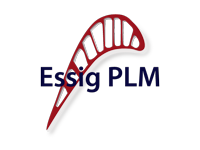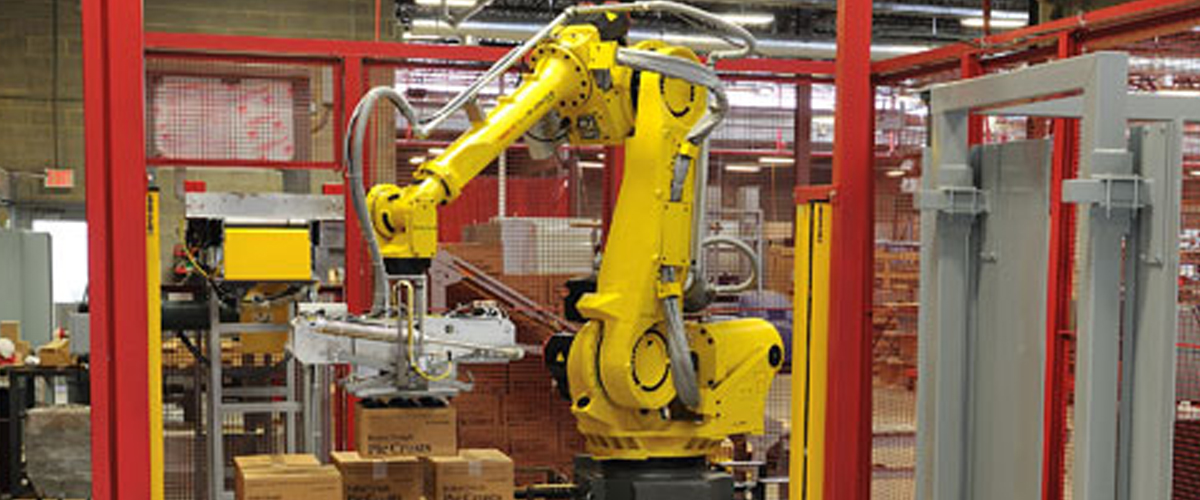Product Lifecycle Management (PLM) helps some of the world’s largest defense contractors improve their pursuit of government programs and to accelerate successful delivery of program deliverables.
PLM automates design reviews and changes to contract data requirement listing (CDRL) items and helps contractors meet configuration accounting compliance. It also facilitates ‘teaming to win’, supporting online design reviews and collaboration on CDRL deliverables and contracts through a secure, Web environment that is easily deployable and extremely low cost to own.








